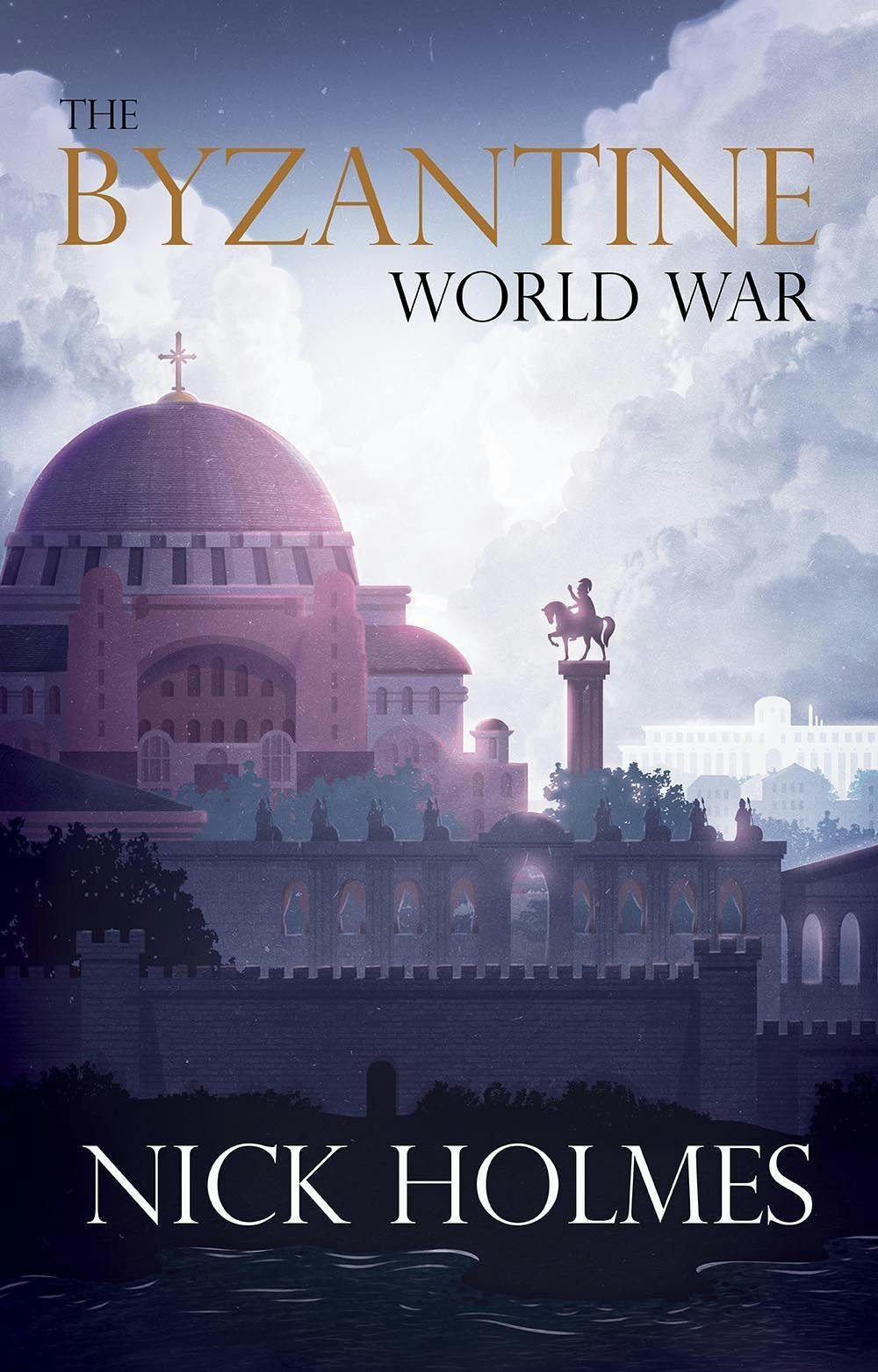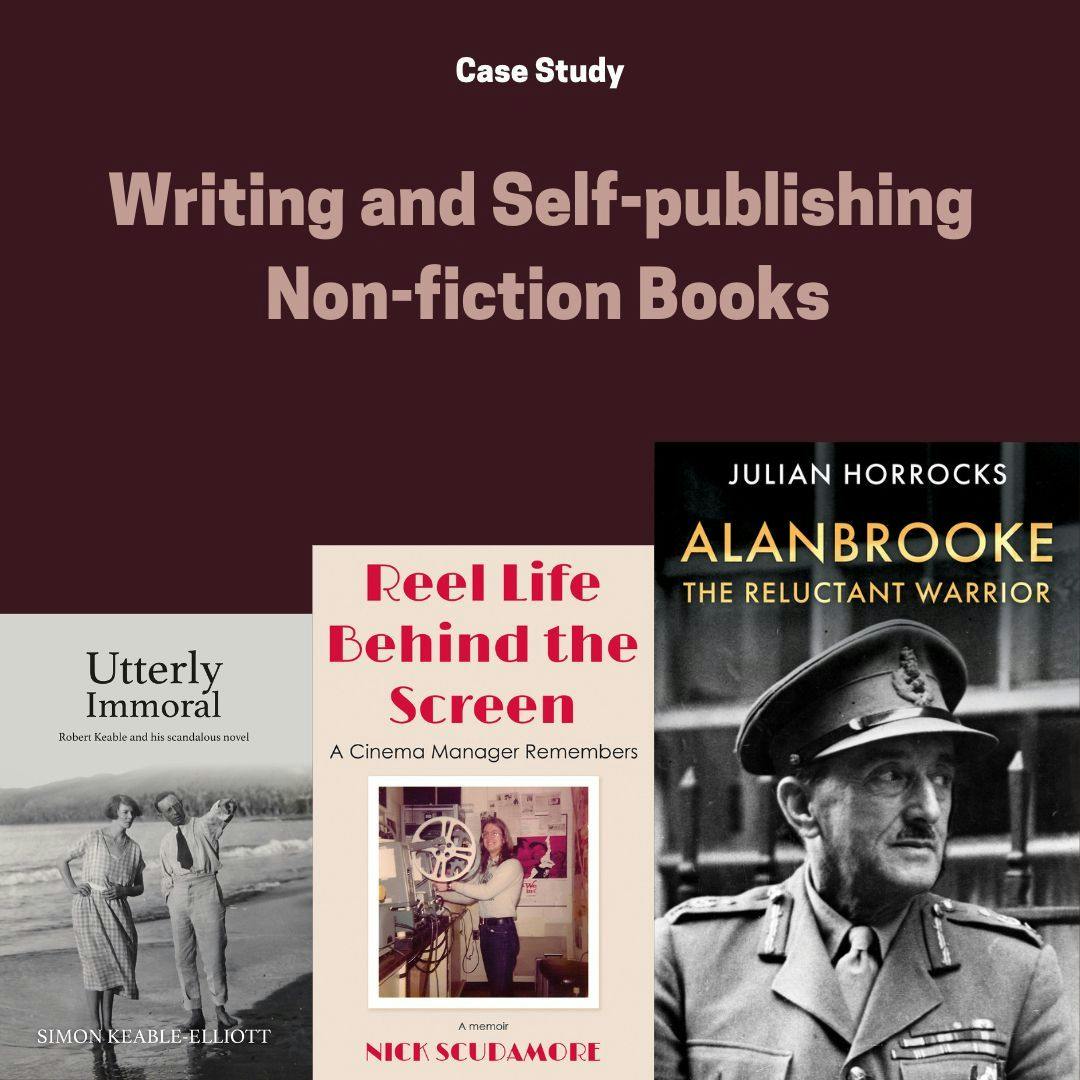
8 min read
Writing and Self-publishing Non-fiction Books
Written by:
Troubador Publishing
For many writers, self-publishing a non-fiction book is an opportunity to explore a topic the author is passionate about, to tell a personal or family story, or to produce a business book that segues with the writer's career or business goals. At Troubador about 40% of the books we help authors produce and sell are non-fiction - across genres as varied as business, music, biography, wellbeing and spirituality. In this case study, we speak to three authors who have self-published their non-fiction books with Troubador. Each produced a book in a different genre, and their self-publishing wishlists were very different, but they all have valuable advice for others looking to bring their non-fiction books to the market.
The three authors we interviewed for this case study are: Simon Keable-Elliott, whose book, Utterly Immoral, Robert Keable and his Scandalous Novel, was written to unlock the story of his grandfather, whose 1921 novel caused a scandal that had a lasting impact on the family. Julian Horrocks released a carefully researched biography of a WW2 Chief of Staff, titled Alanbrooke: The Reluctant Warrior, which reassesses the contribution of an important figure in British history. Finally, we meet Nick Scudamore, author of Reel Life Behind the Screen: A Cinema Manager Remembers, whose book is a fresh take on the world of film, relating his experiences as a cinema manager in the 1970s and 1980s.
Why write and self-publish a non-fiction book?
Before setting pen to paper, an author has to have the kernel of an idea they wish to explore within their writing. For Julian Horrocks, who has a great passion for history, the character of Alanbrooke has always held a certain fascination: 'As Chief of the Imperial General Staff and chairman of the British Chiefs of Staff Committee, Alanbrooke was principal military advisor to Churchill for most of the Second World War and one of the architects of Anglo-American strategy.
Posterity and historians have been slightly unkind in their treatment of him. Even now there is limited public recognition of the role he played in World War Two and his achievements.' This is something the book, a handsome hardback with a dust jacket, sets out to address. Closer to home, Simon Keable had long been fascinated by his grandfather Robert Keable (a missionary turned novelist, whose 1921 novel Simon Called Peter caused quite a scandal). 'My father had never wanted to talk about it and was clearly embarrassed by the uproar his father had been involved in. The more I researched the more famous I found my grandfather had been in the 1920s. His novels had been international bestsellers and his first novel had been quoted in The Great Gatsby,' observes Simon.
These discoveries were the impetus for him to start researching and writing his book. Nick Scudamore, our third interviewee, based his book on his own lived experience, writing a memoir of his time as a cinema manager. 'The operational world of the traditional cinema as a retail business has changed remarkably in the last 40 years. As a very young assistant cinema manager, I experienced a number of adventures, some comic, some not-so-funny and some thought-provoking. It seemed worth recording them because I'd never read a book about cinemas from this angle. Films are written about endlessly, cinemas not so much.'
The benefits of self-publishing non-fiction books
One of the big benefits of self-publishing non-fiction is that books can be published on more niche or specialist topics, which then successfully find an audience. Such niche books often struggle to attract the investment or attention of a mainstream publisher, who judges them as too risky or without enough mainstream appeal. As with fiction publishing, debut non-fiction authors can also find getting mainstream deals tough. Simon Keable acknowledges this: 'I wrote a number of versions over the years and tried to interest publishers and agents.
The response was always the same - interesting story, well written but impossible to sell. Only after I retired did I decide to self-publish.' Nick agrees: 'I had always hoped to have my book published. I sent off a couple of sample chapters to several publishers but provoked no positive response. After 8 or 10 years my wife took the yellowing typescript out of a drawer and as she had some experience in overseeing design work, looked into publishing it herself. However, a full-length book is more challenging and after one or two dead ends we decided to work with Troubador and self-publish.' Julian's experiences were slightly different: 'I always had low expectations of getting a literary agent.
I tried one agent (via an introduction) who politely declined and gave his reasons for doing so. When a specialist publisher also declined, citing the same reasons as the agent, I gave up and chose the self-publishing route. I'm not convinced that the big publishers are as willing to gamble on debut authors as they claim - at least not in the field of history.' All three of the books in this case study are interesting, well-produced, and with a good story to tell. By self-publishing, the authors have been able to get their books and work into the marketplace, ensuring those stories are told and read. In addition, the authors have been able to retain more control over how their book is produced.
Starting the self-publishing process for non-fiction books
Deciding what to keep in and cut when self-publishing a non-fiction book can be a challenge. The three authors featured in this case study all approached this differently. Simon was concerned about accuracy. 'There were many rumours and unsubstantiated stories about my grandfather and I wanted to make sure I got as close to the truth as possible. I set myself the task of seeking two unrelated sources for each episode of his life. Tracking down letters was a problem but fortunately, the family of Robert Keable's publisher had sold all his letters to an American university so I managed to get copies of them.'
For Julian, his book took as its basis Alanbrooke's own war diary. 'Editing it and deciding what to include and what not to include was a big challenge. Once something was included, I was instinctively loath to remove it, yet I needed to reduce the word count. I learned to distinguish between the essential/necessary to include and the nice to include to still tell the story (the latter being cut).' Nick's biggest challenge was finding the time to write. His advice to other authors is all around discipline. 'Set a time to write each day and do it. A thousand words a day. Then do the shopping! I would plan everything for the second half of the day. Put your phone in another room. Don't plan to write every single day as you will need a break.
Don't set aside weekend evenings as planned writing time because you will always be tempted by livelier invitations!' When self-publishing, of course, there are many choices to make about how a book looks and feels. For example the format (paperback or hardback), the sizing of the book, and the paper to be used. The benefit of self-publishing with Troubador is that there is a specialised team to advise on each of these stages. Nick said, 'We had very clear ideas about images and typeface and size and placing of images. Troubador guided us towards what was practical and aesthetic and was very supportive.' Simon says he 'Had a pretty good idea of how I wanted the book to look. I wanted a paperback and Troubador was really helpful in sending me examples of text and design to show how the final book would be styled.'
For Julian, his type of military biography suited a different format. 'I knew that it should be a hardback with a dust jacket. I knew exactly what photo of Alanbrooke I wanted on the front cover, but was guided on everything else by the Troubador team.'
Using photos when self-publishing non-fiction books
Including photos in a non-fiction book can enhance the reading experience and add value to the book for readers, but sourcing photos (do you have permission to reproduce the images?) and understanding the correct way to use them (are the images at the right resolution for printing?) can all bring challenges. Nick comments: 'It was my wife's idea to add some images to the book to give some visual interest and historical context. Happily, photographs of cinemas are widely collected and there is a network of enthusiasts researching their history. We chose those closest in date to when I was employed. Some are colour, some black and white and each has a caption giving a concise history.' Getting permission to use images can be a challenge, as Nick acknowledges: 'It is always hard work obtaining copyright clearance, checking publication rights and paying any fees due.'
So here are our top tips for sourcing and using images in your non-fiction book:
- Ensure you can get permission to use images before you put them in the final manuscript, this avoids time-consuming edits and rewrites if the images are to be removed.
- Do not assume that an image on the internet is copyright-free and available to use. Always double-check. Note also that images downloaded or copied from the internet will not usually be of a high enough quality to print in a book in any case.
- Consider using services such as PLSClear if you are seeking to reproduce images from books and journals, which can help to source multiple images more efficiently and help keep a record of the process too.
- You often have to pay for image reproduction based on factors such as the print run and the availability of the book (ie. worldwide, rights restricted, etc). Don't try to cheat the system by not being open about this information when seeking permissions. As you are looking to reproduce images in a book that will be for sale, this is usually counted as 'commercial use'.
- Understand the different types of rights. An assumption is that under 'Creative Commons' images can be freely used, but Creative Commons images still need to be correctly attributed to the original creator - and some might exclude commercial use.
Learn more here. This is a complex area so always seek advice before using images that are not yours.
Summary
So to conclude, how would our three authors sum up their experiences of writing and self-publishing non-fiction books? Julian says, 'I think every author has to believe that what they are writing will be worth reading. For non-fiction that means the book is based on unearthing new material or that it offers a new or different perspective. That belief gets you through the difficult times when you get stuck in your writing.' 'My aim has been to get as many people as possible interested in my grandfather.
I have certainly found that people take my message about his importance more seriously now that I am a published author. And I owe a debt of thanks to Troubador for making that a reality,' adds Simon. 'It's been lovely to have the book published at last and we have received many compliments and several encouraging reviews. Publishing is a complex area, but Troubador employs specialists in a number of different teams who advised and helped us through a complicated process,' says Nick.
For any assistance or advice, when self-publishing your non-fiction book, please contact our submissions team.
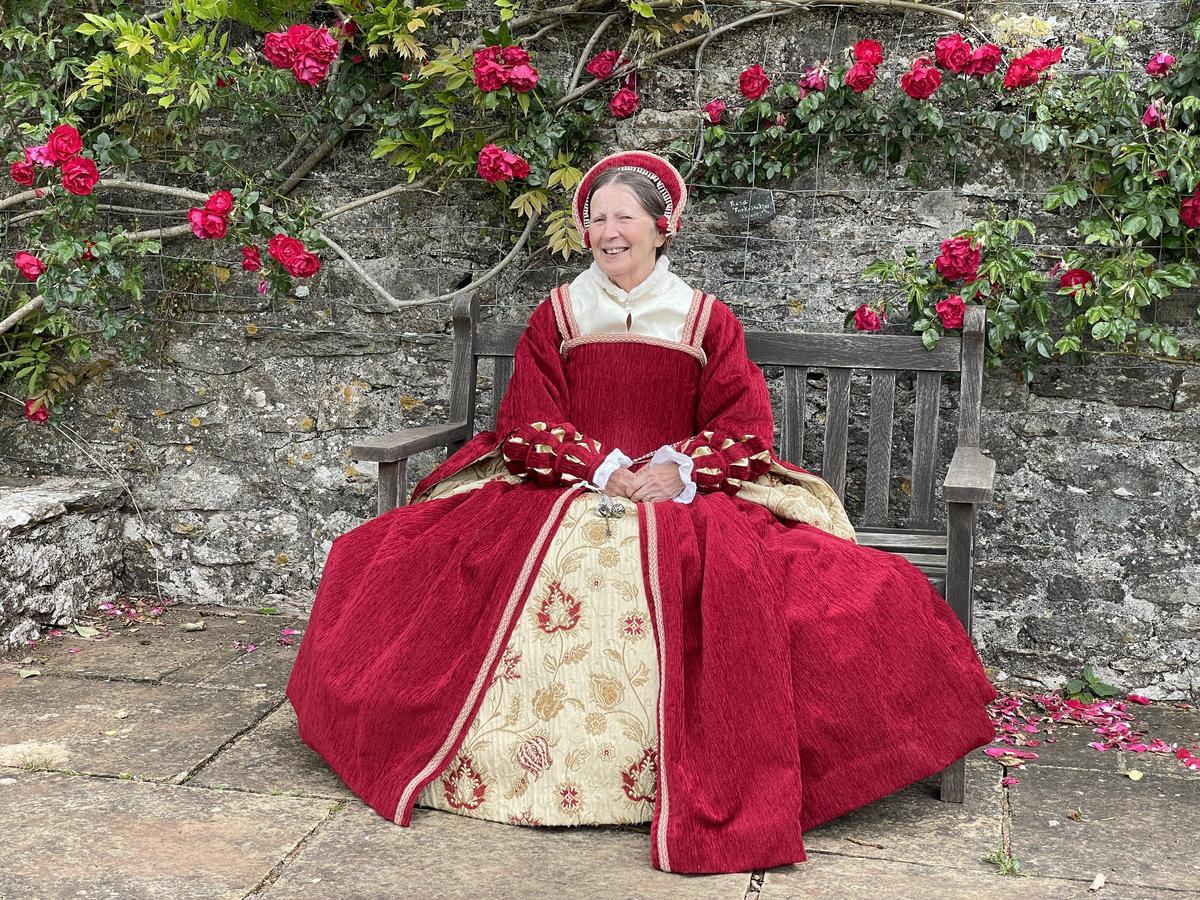
Alex Thompson
Rosemary Griggs: Turning a Passion into a Profession
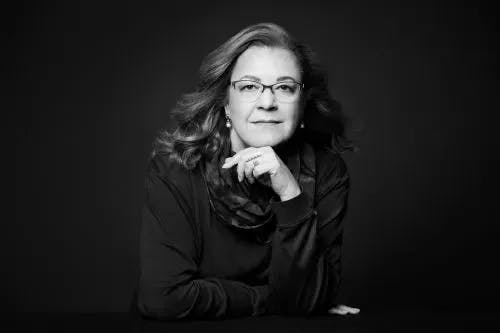
Alex Thompson
D.S. Getson: How Tragic Family History Inspired my Historical Fiction
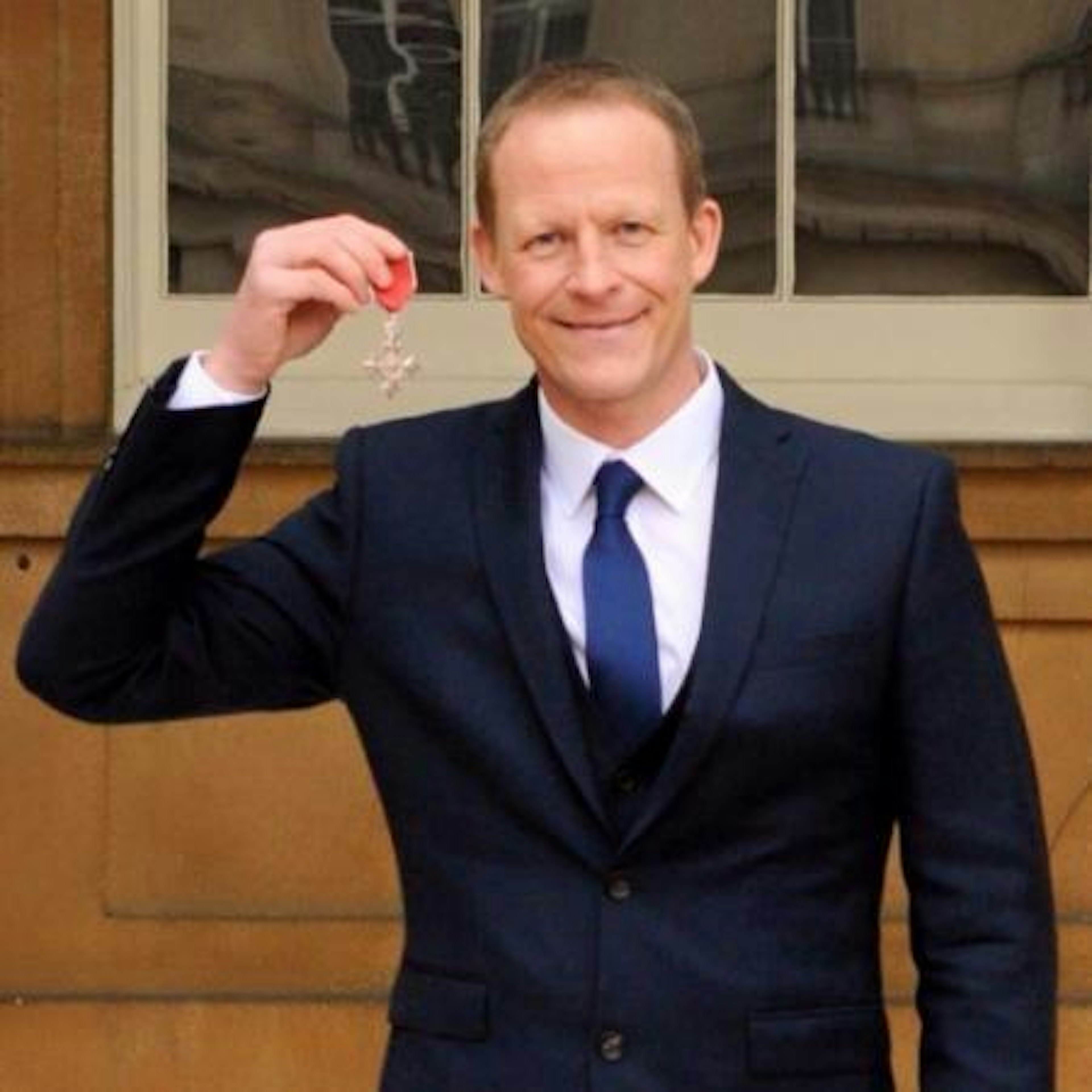
Alex Thompson
Steve Hill: Inspiring the Next Generation
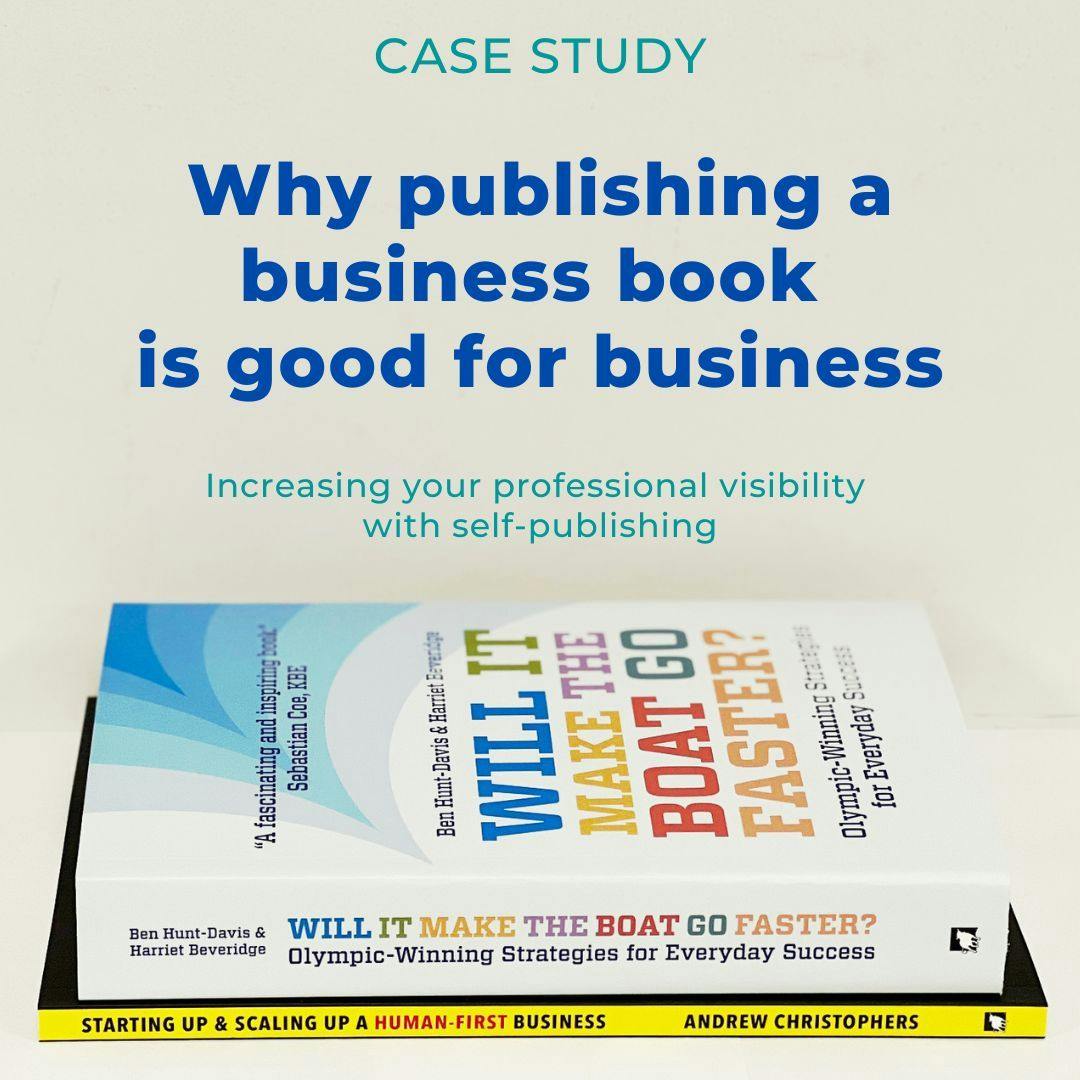
Why publishing a business book is good for business

The Art of Storytelling: Uncovering the Inspiration for Writing Children's Books
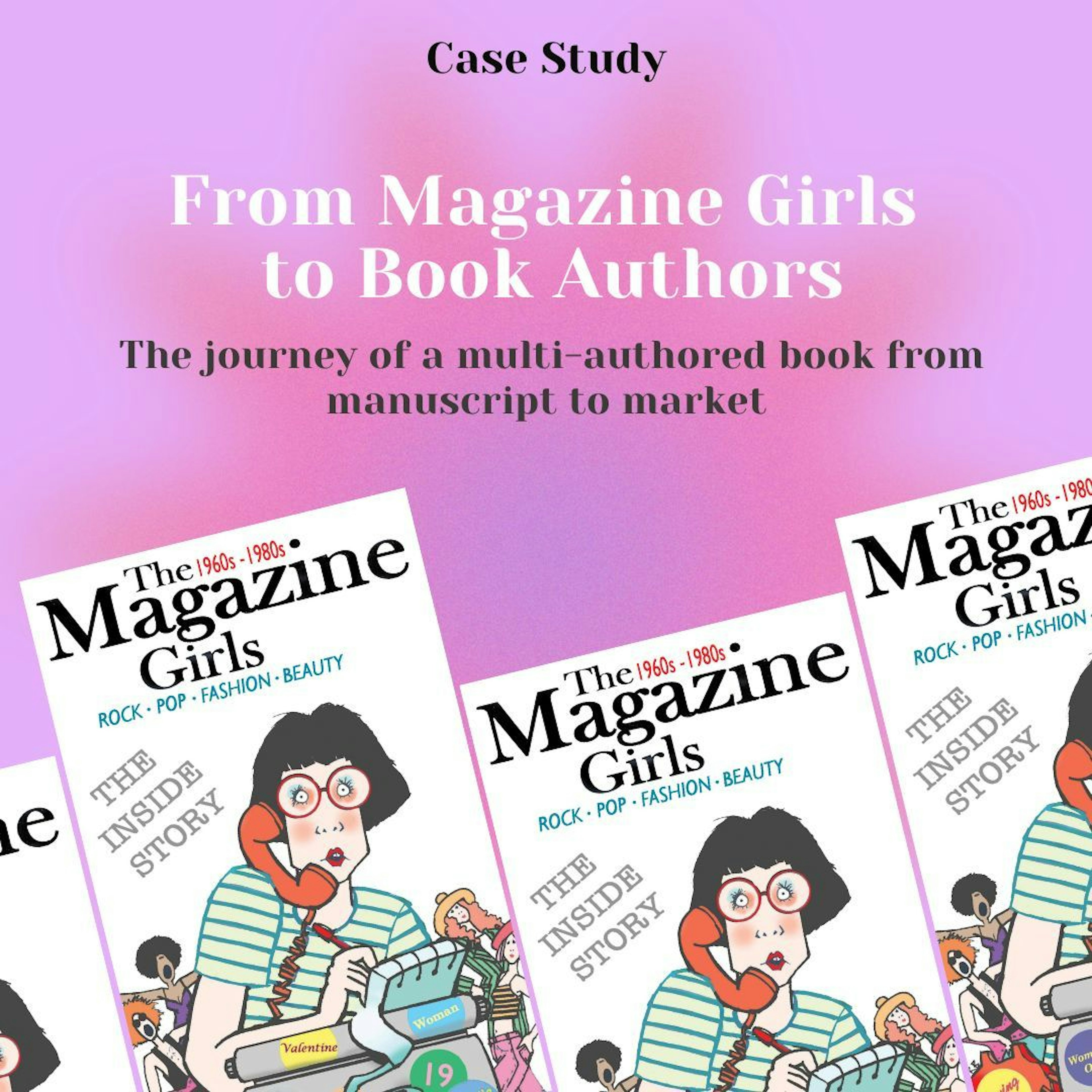
From The Magazine Girls to book authors: our journey to publication
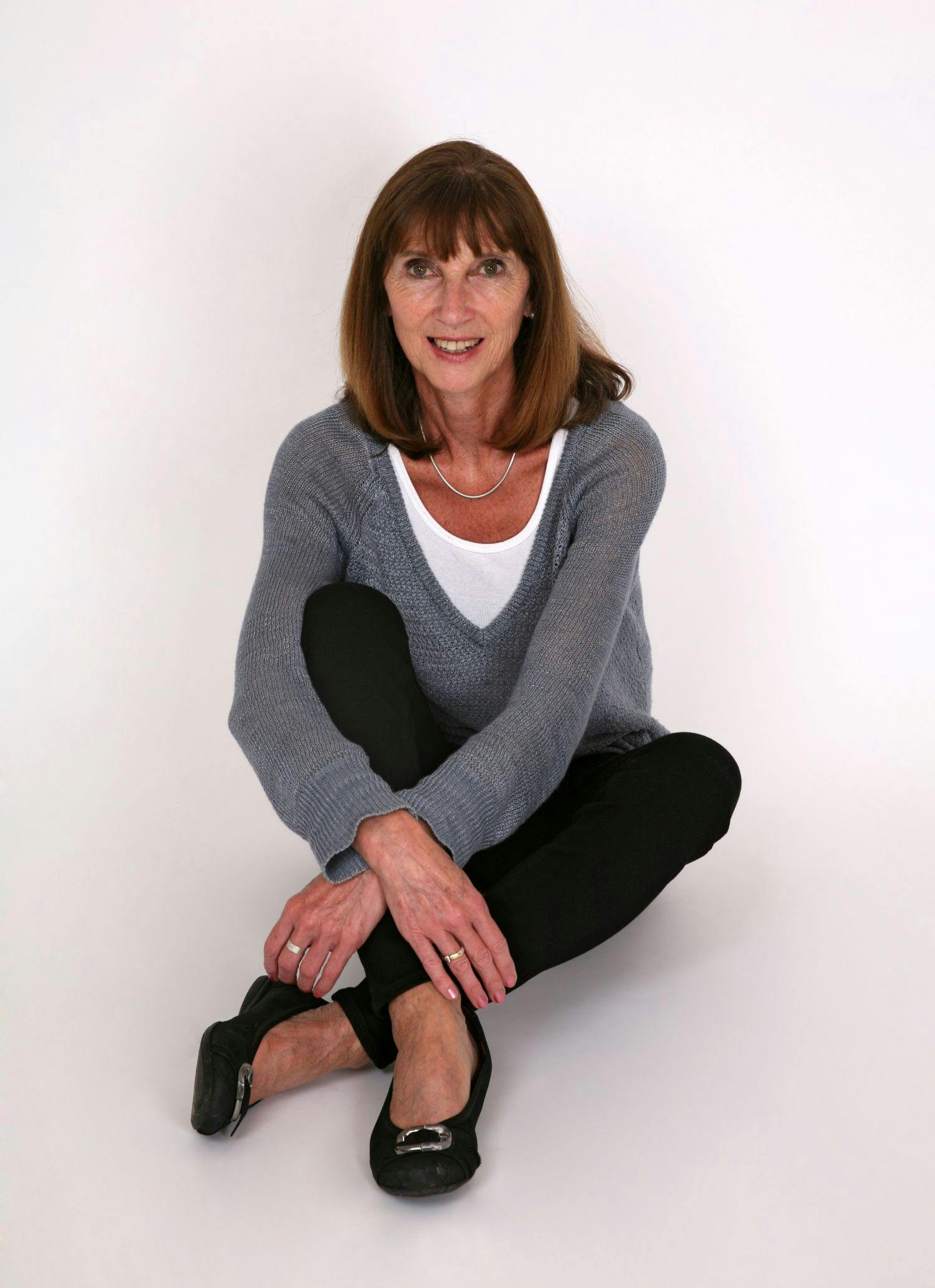
Troubador Author Interviews - Jude Hayland
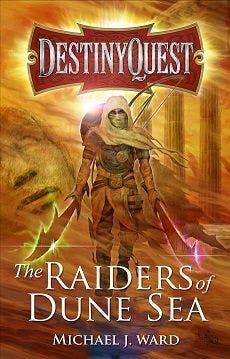
The Pursuit of Perfection
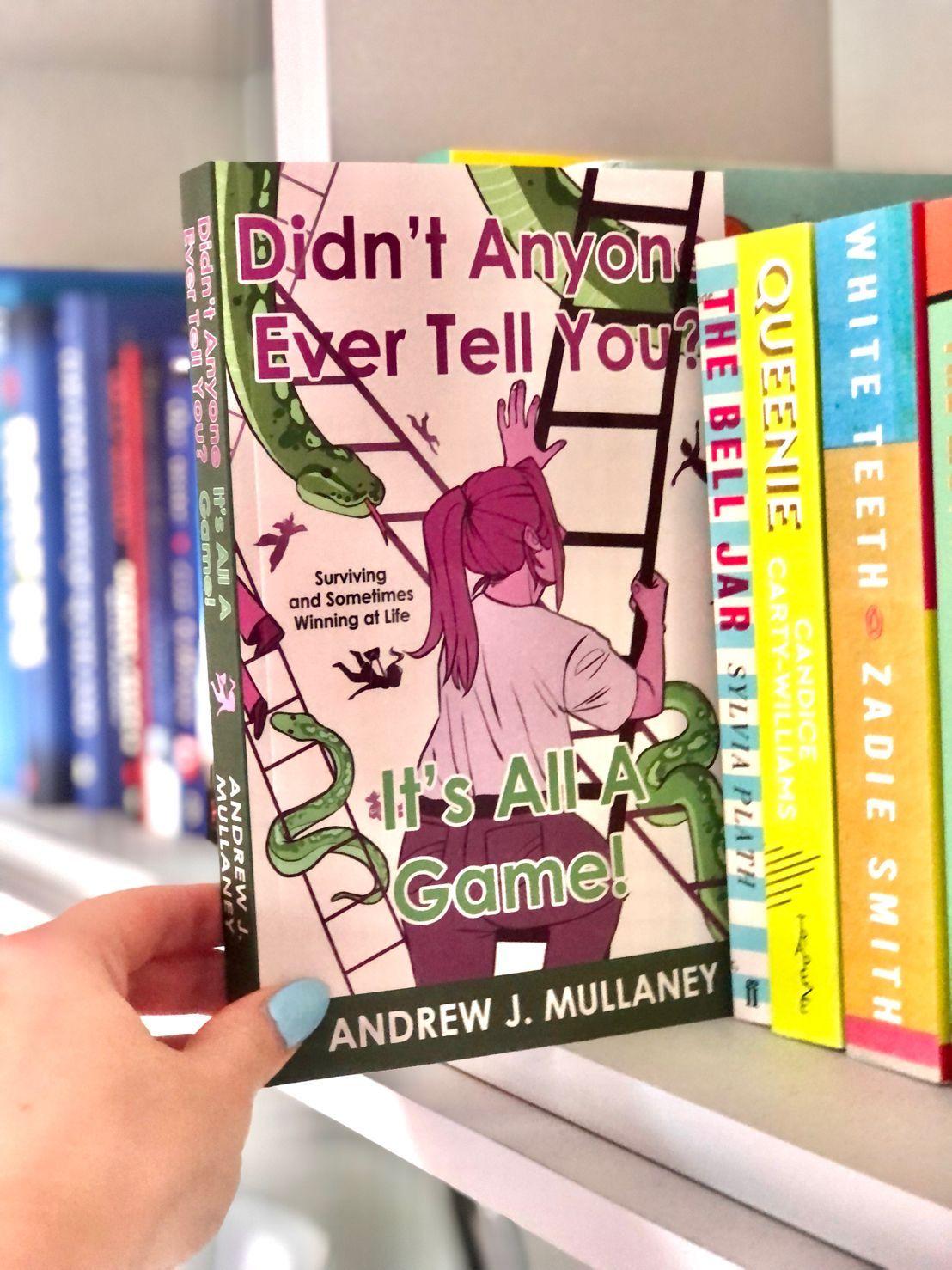
Self-Publishing with Troubador - An Author's Experience by Andrew Mullaney
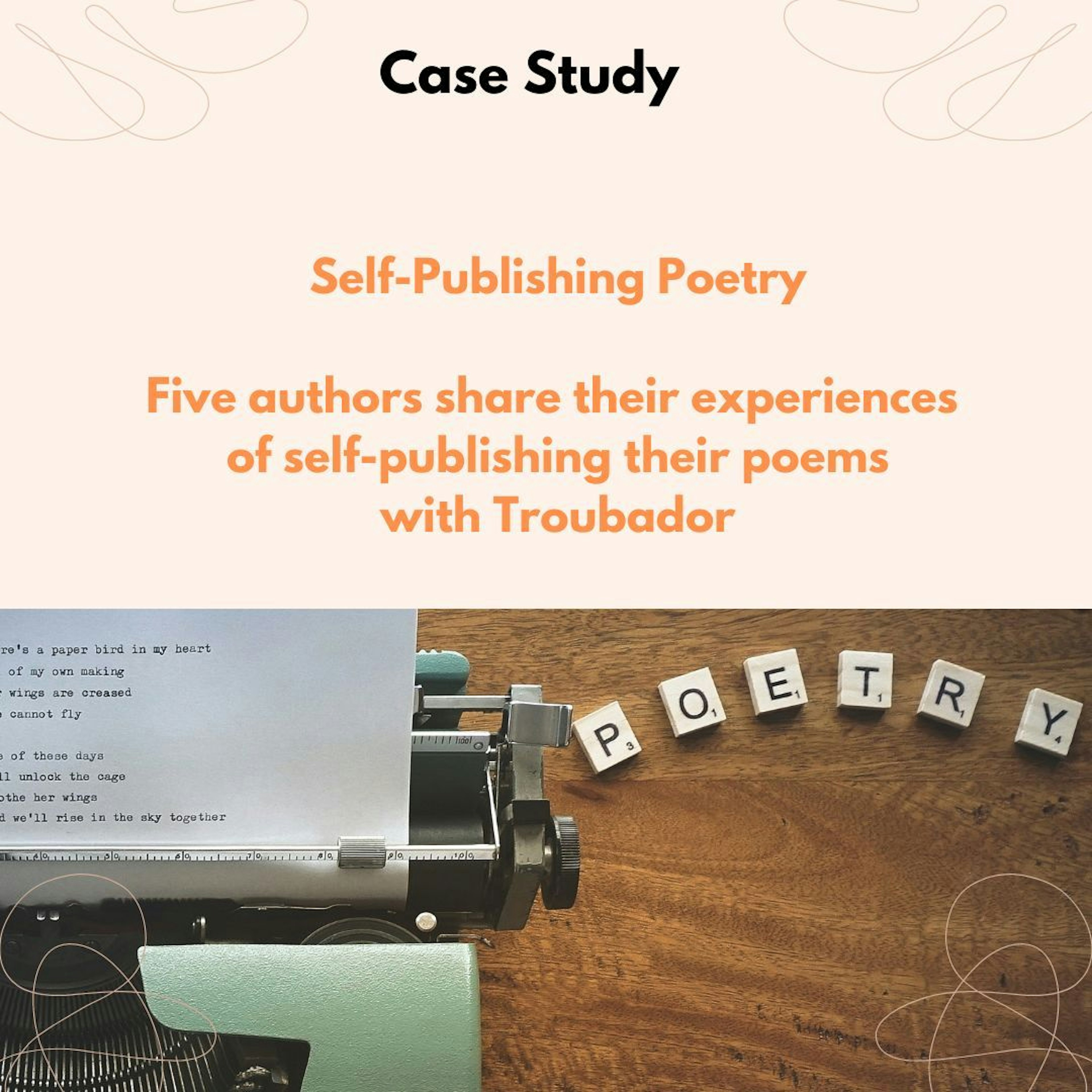
Poetry Publishing Case Study
